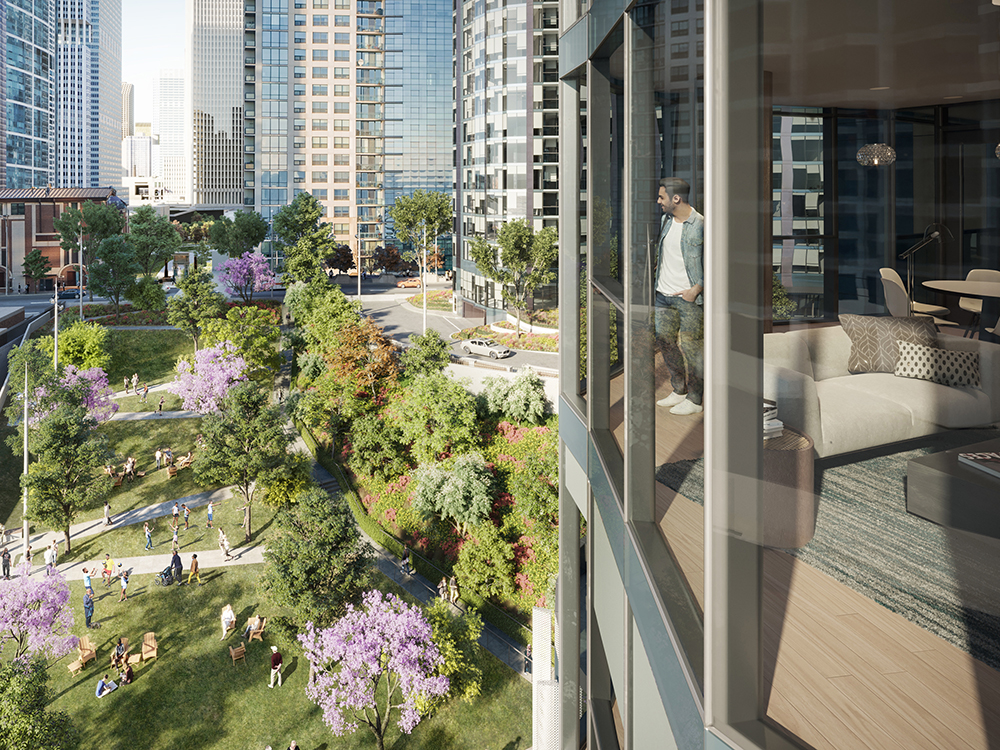Biophilia has quickly become a buzzword within the multifamily industry, as owners and developers increasingly blur the lines between indoor and outdoor spaces.
At its core, biophilia is integrating natural elements into everyday design, so the process of including this in multifamily development has to be forward-thinking and begin right at the start of the design process.
Whether using a third-party designer or acting as the architect for your own projects, it’s important to have a vision for your community and what elements you want to utilize.
has been incorporating biophilic design within its communities for more than four decades, starting with the use of green roofs, courtyards and gardens back in the ’80s.
That river now connects to downtown, so the design team came up with a steel inspired concept for the community.
When deciding which of these elements to use in a project, it’s important to take inspiration from the location and tie that into the design itself.
Other alternatives include machines in the lobby or community spaces that can feature sounds such as wind, birds chirping or a rainforest.
“With COVID-19, when people are cooped up and unable to get out of their homes, it’s nice to be able to have a place in your building where you can escape without escaping,” said K.
Utilizing the senses gives residents a chance to fully submerse themselves in connecting with nature inside of the community.
“The theme for Westerly was Flora and Fauna, with a character of quirky, fun and interesting,” she noted.
Even if you are new to the concept of biophilic design, the most important thing to remember is to incorporate these features at the beginning of the project.
Nothing is too small when it comes to biophilia, as long as it puts your residents further in touch with the elements of nature.
